What is the difference between progressive die stamping and transfer press stamping?
What is the difference between progressive die stamping and transfer press stamping?
Stamping is a commonly used manufacturing process that involves shaping metal sheets into desired forms using specialized equipment. Two popular techniques in this domain are progressive die stamping and transfer press stamping. Although they are both used for metal forming, there are significant differences between the two methods. In this article, we will explore the dissimilarities and advantages of progressive die stamping and transfer press stamping.
Progressive Die Stamping:
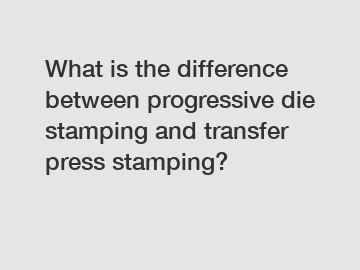
Progressive die stamping is a method that enables the production of complex parts in a single continuous process. It uses a sequence of workstations with different operations performed at each station. Each station's tool or die progressively adds more value to the part until it reaches its final shape. This process involves feeding a strip or coil of metal into the press, which then passes through a series of dies to perform various operations such as cutting, bending, punching, and forming.
Advantages of Progressive Die Stamping:
1. Cost-effectiveness: Progressive die stamping is known to be cost-effective for large production volumes. The high-speed and continuous nature of the process reduce labor costs and increase efficiency.
2. High precision: Progressive die stamping ensures the production of precise and consistent parts, as the dies are designed to make accurate cuts and forms at each station. This results in minimal variations and a high level of quality control.
3. Versatility: This technique is particularly suitable for intricate parts with complex geometries. It allows for the easy integration of multiple operations within the process, such as forming, bending, and extrusion. This versatility makes it ideal for industries that require high customization and fast production.
Additional reading:Mastering Precision with ER32 Tool Holder: Everything You Need to Know!
What is the purpose of a Threadolet fitting?
How to choose the best pneumatic load for a cost-effective purchase?
The Ultimate Guide to Using Porous Discs
Unlocking the Secrets of Porous Discs: How to Enhance Filtration Efficiency
What is the core of a DC motor?
Which Toolholders and Accessories Improve Machining Efficiency?
Transfer Press Stamping:
Transfer press stamping, on the other hand, involves the use of mechanical transfer systems to move the metal sheet or part from one station to another. Unlike progressive die stamping, each operation is performed separately at different stations, and the part is transferred between multiple dies during the manufacturing process.
Advantages of Transfer Press Stamping:
1. Flexibility: Transfer press stamping offers greater flexibility, as it allows for more control over each operation. This method is often preferred when parts require different operations simultaneously or when the design includes multiple deep drawing or bending steps.
2. Higher complexity: While progressive die stamping is suitable for comparatively simple parts, transfer press stamping can handle more complex shapes and intricate designs. The ability to perform a wide range of operations at different stations makes it a reliable choice for producing challenging components.
3. Enhanced stability: The transfer of the part between dies allows for better stability during the stamping process. It reduces the risk of deformation or damage, resulting in higher-quality finished products.
In conclusion, both progressive die stamping and transfer press stamping are valuable techniques for metal forming. The choice between the two largely depends on the complexity of the part and the required volume of production. Progressive die stamping is cost-effective, precise, and suitable for mass production, while transfer press stamping offers flexibility, handles complex designs, and ensures stability during the process.
If you would like to know more about progressive die stamping or transfer press stamping, feel free to contact us. Our team of experts will be happy to assist you with any inquiries or projects you may have.
If you want to learn more, please visit our website Bus motor core, stator and rotor core, Sub-assembly production.
Additional reading:What is the most durable ball valve?
How do you anchor a gazebo to a concrete slab?
Upgrade Your Seating Experience: Discover the Perks of Custom Stainless Steel Seats
How to use Aluminum Window and Door Hinge?
Boost Your Sales with SalesPipe: Discover How This Tool Helps Drive Revenue & Streamline Your Sales Process
What are the advantages of quick turn CNC machining for B2B purchases?
The Mighty Claw: Unraveling the Power of a Vice
178
0
0
Related Articles
-
72
0
0
-
53
0
0
-
78
0
0
-
73
0
0
-
Demystifying the Mechanics: Stator and Rotor Explained
Welcome, curious minds, to an intricate journey into the world of electrical engineering.
61
0
0
-
64
0
0
-
58
0
0
-
61
0
0


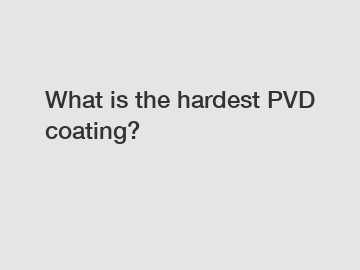
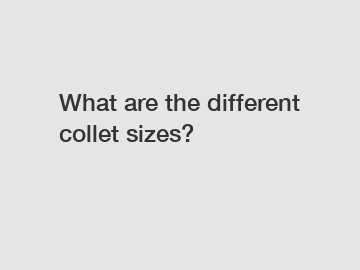
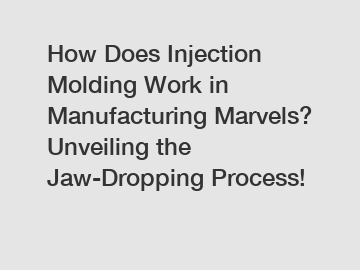
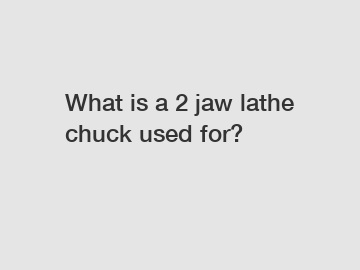
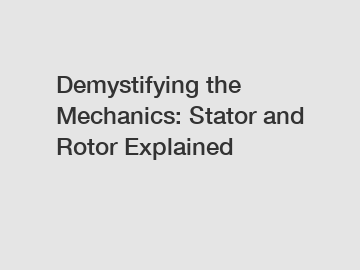
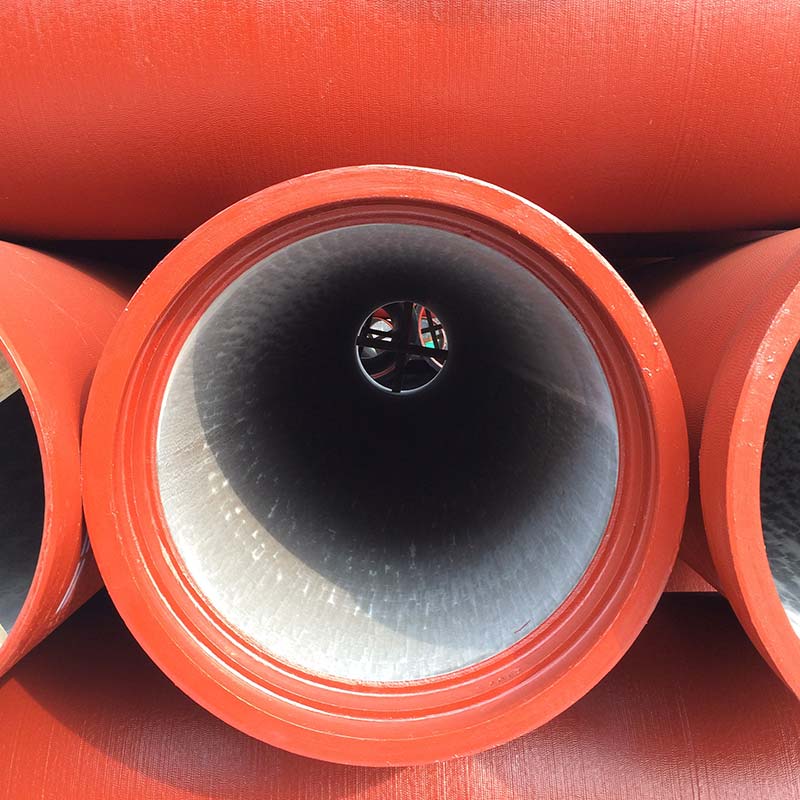


Comments
All Comments (0)